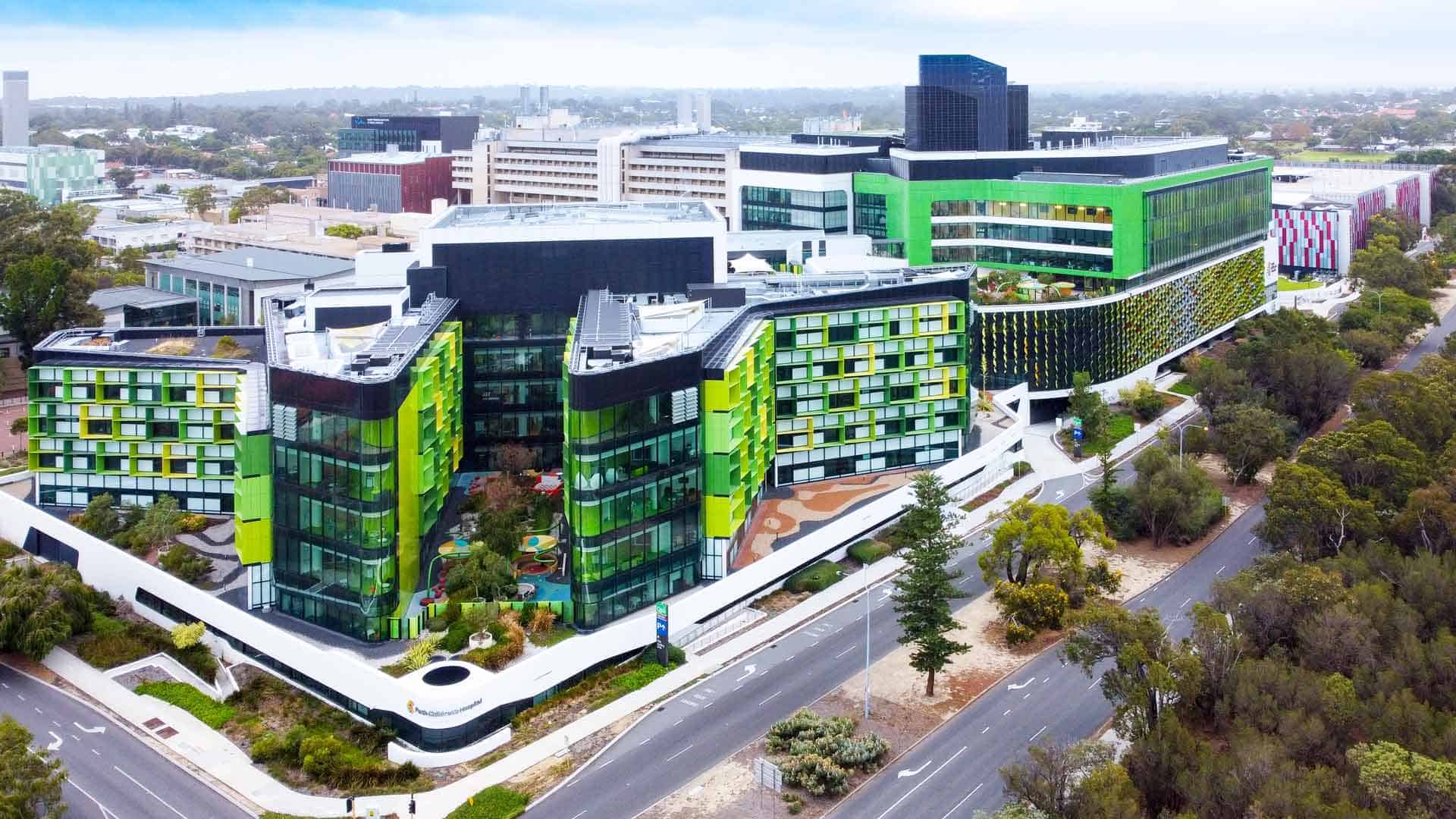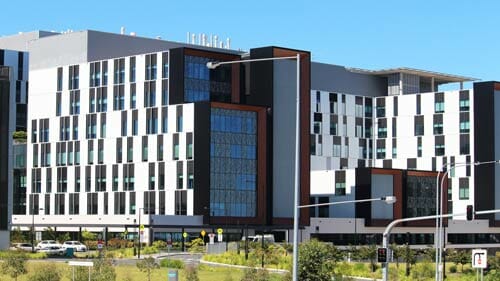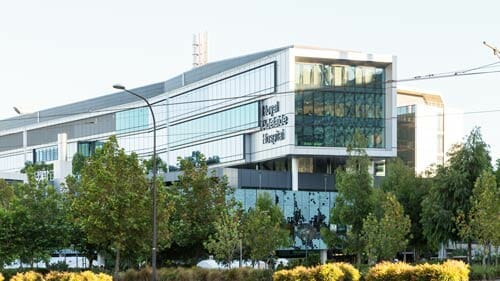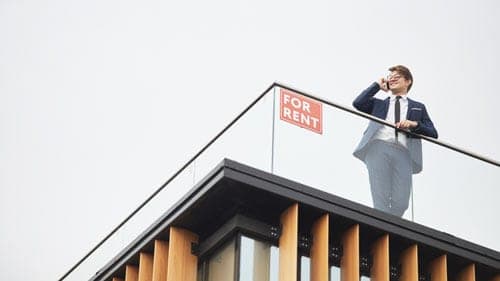Demand, Demographics and Doctors Drive Medical Property Prices.
The market for medical properties has proven to be resilient during the COVID pandemic. Experts expect prices to remain relatively buoyant as baby boomers continue to age and their demand for medical services climbs.
Market Mechanics
James Lie, director of Melbourne-based real estate agents Morley Commercial, notes the smaller end of the medical property market is being driven by owner occupiers and investors.
“Traditionally, medical professionals, the owner occupiers, buy consulting rooms or medical centres to occupy, which have proven to be sound, long-term investments. They usually buy the asset through their self-managed super fund or another entity and lease the property to their business. Medical properties are stable investments because tenants sign long-term leases and the sector is generally immune to the ups and downs of the economy.”
John Black from Tsimos Commercial Real Estate, also in Melbourne, agrees the market for medical properties is strong for the right assets.
“Stand-alone properties that can be occupied and possibly improved are always of interest.
There’s demand for properties from investors taking advantage of low interest rates. Investors are also in the market for tenanted properties offering a six per cent to seven per cent return. The preference is for standalone properties rather than for properties that are part of a body corporate,” says Black.
“Buyers are often practitioners who have rented and are now able to buy. When faced with the expense of a fit-out, they would rather spend their money on their own property,” he adds.
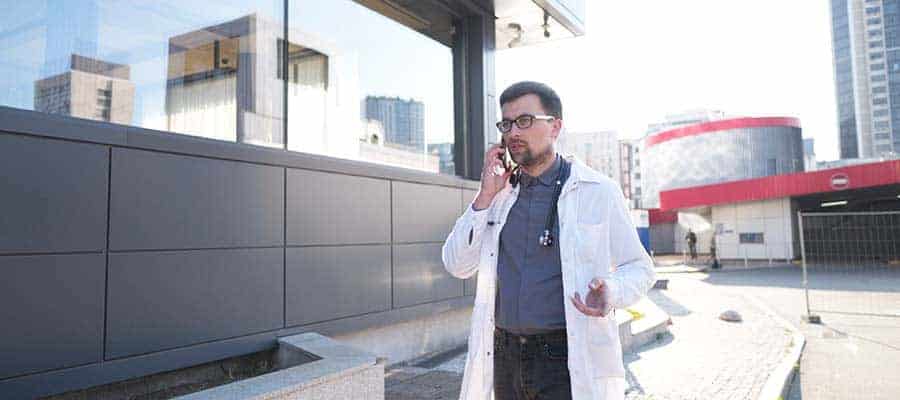
Supply Demand
Chris O’Driscoll, director, transaction services, healthcare and retirement living for commercial real estate firm Colliers, says a lack of stock is also driving demand, especially given health care sector properties are considered to be a quality, defensive asset in a world awash with COVID.
“There’s very strong demand for properties across all price points, from under $10 million to $100 million and upwards,” he says.
Private investors aside, Driscoll says property funds and real estate investment trusts (REITs) – both established and new entrants seeking scale – are very active in the market. “Healthcare property is an asset class to which many investors seek exposure, due to its attractive qualities in the current climate.”
Sandro Peluso, CBRE’s head of healthcare and social infrastructure, agrees there is a range of investors in the market.
“Depending on price point, all types of groups are buying, from private investors to small syndicates all the way up to national investment funds representing super funds,” he explains.
In terms of the future, Black says there’s one cloud on the horizon. “Currently supply is low and demand is high, which is supporting prices. But any rise in interest rates could see prices fall,” he adds.
Dr Vivek Eranki, founder of Australia-wide Cosmetique Cosmetic Surgery Clinics, explains the quality of the tenants in the building has a significant influence on the price the underlying property fetches. “Properties with medical businesses that have a management team in place are in demand as healthcare becomes increasingly corporatised in Australia.”
“The most attractive properties have tenants that include medical businesses with a large database of recurring patients, in a big catchment area and that have negotiated favourable terms with health insurers. Properties tenanted by businesses with a natural moat are very desirable for buyers.”
These include medical businesses with licences or professional accreditation or for which high set-up costs act as a barrier to entry, reducing competition. Examples include day hospitals, MRI radiology clinics, radiation oncology or dialysis facilities.
Price Trends
There is a number of variables driving prices for medical properties. Driscoll explains these include the tenant profile, weighted average lease expiry (WALE) and lease terms, as well as the sub sector within healthcare the asset is situated, for instance private hospitals. “We are seeing yields below a five per cent cap rate,” he says.
As Peluso notes, yields for healthcare properties are subject to location, the age of the building and the tenant profile. “They range from three per cent to five per cent. In rural locations, cap rates of about 5.5 per cent are being achieved.”
He believes greater awareness in the market about the advantages of investing in healthcare property and market momentum will support prices. “Market knowledge increases as more people invest in these properties and investors come to appreciate the strong underlying support mechanisms in place across the sector.”
It’s good news for investors already exposed to the property sector, as well as those considering taking a position in this asset class.
The article is written by Alexandra Cain, a freelance journalist.
